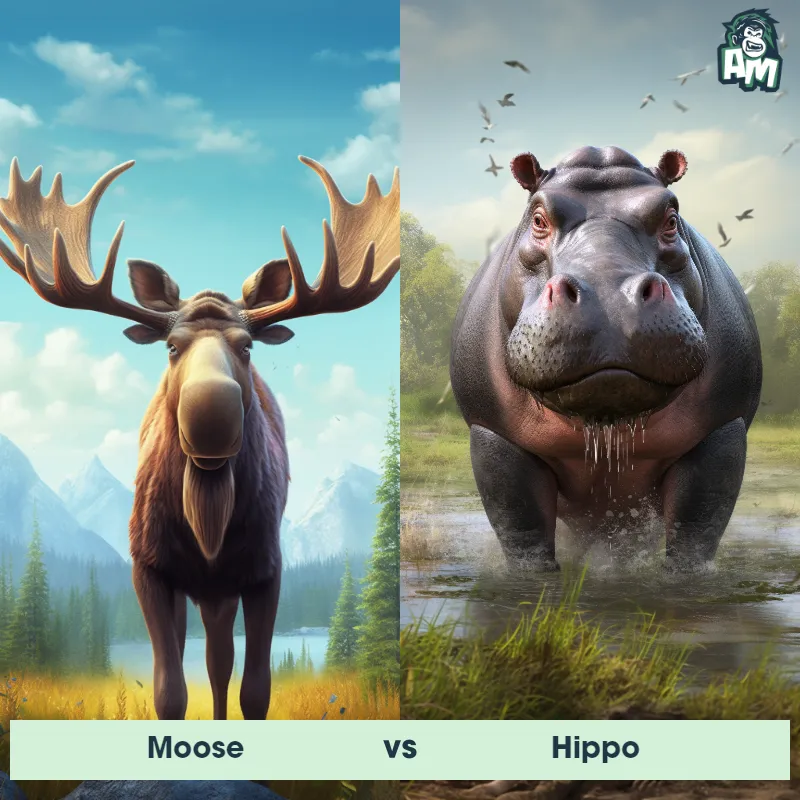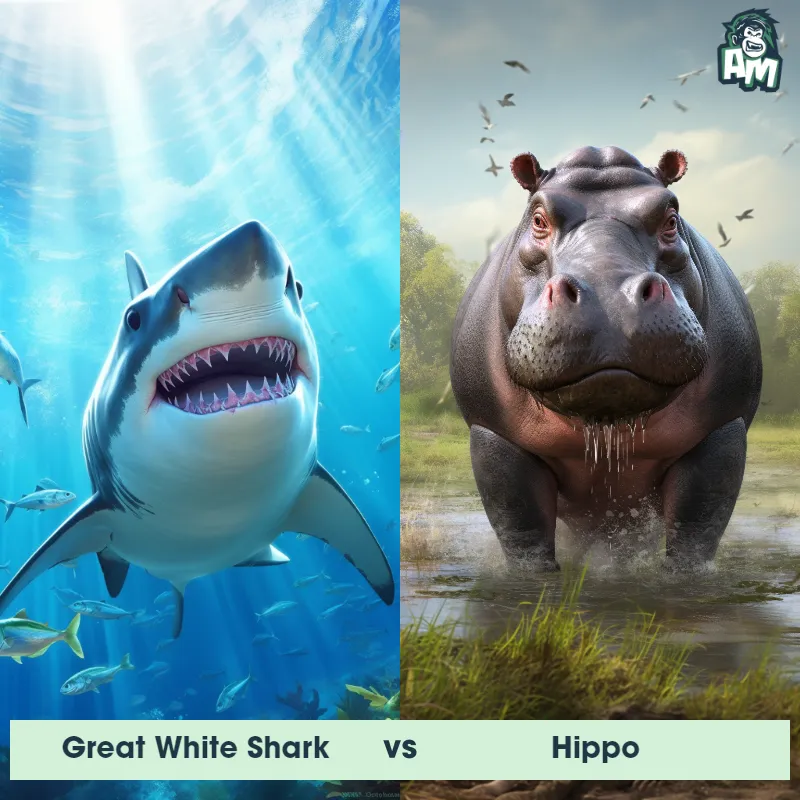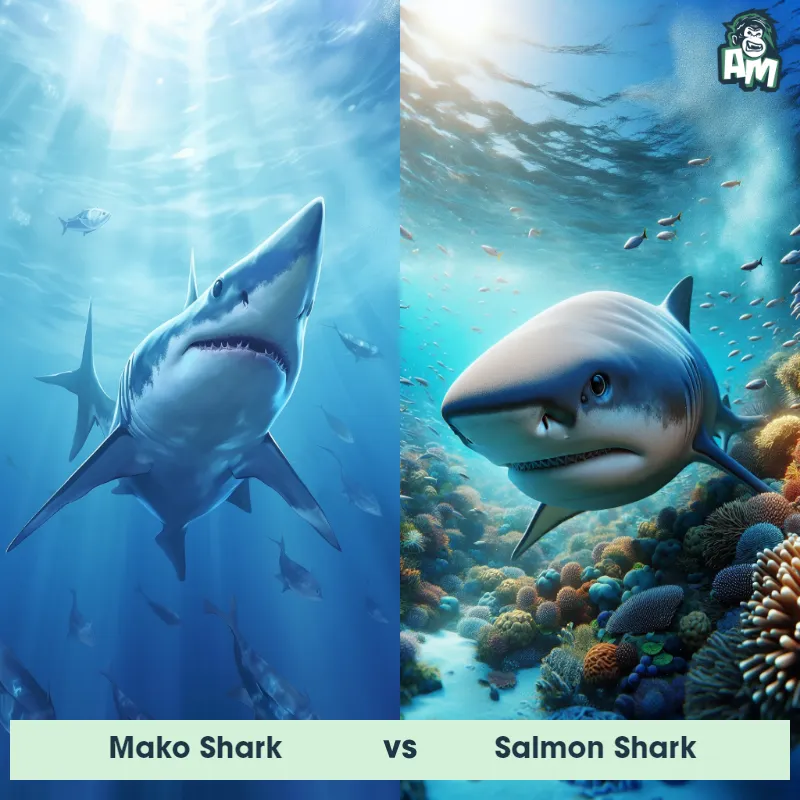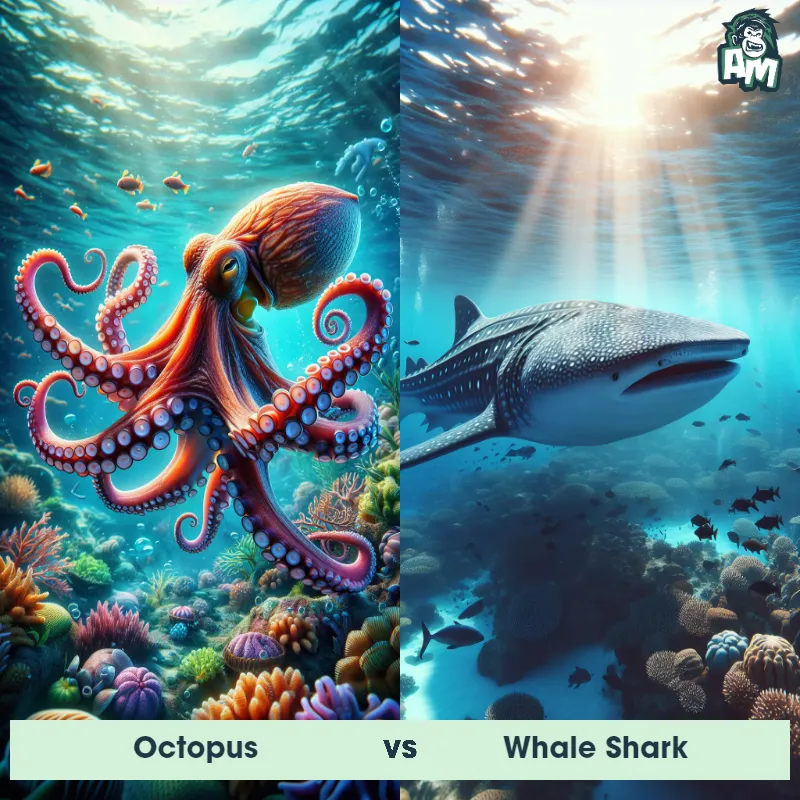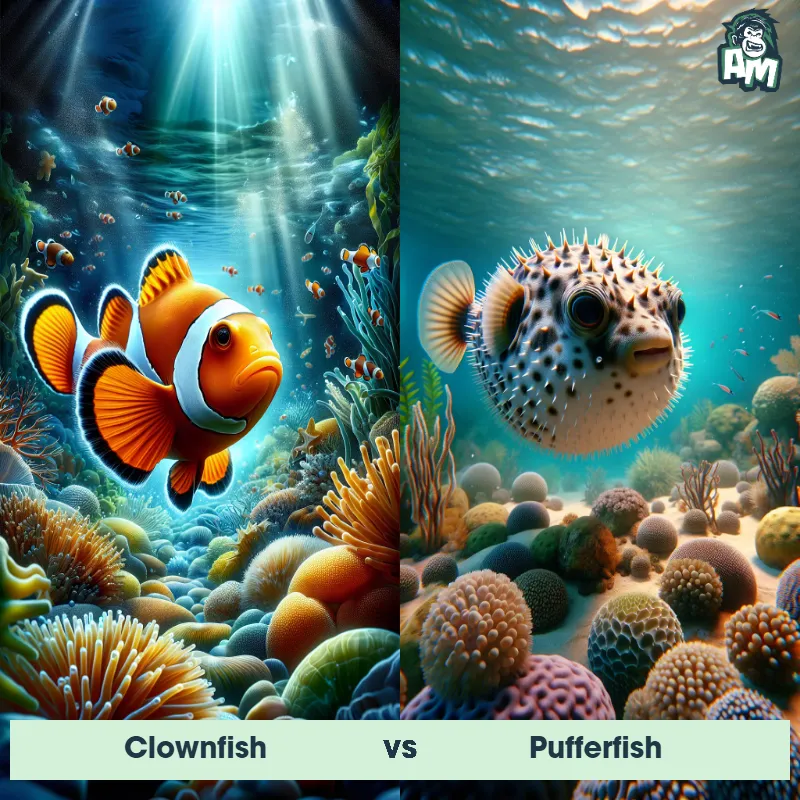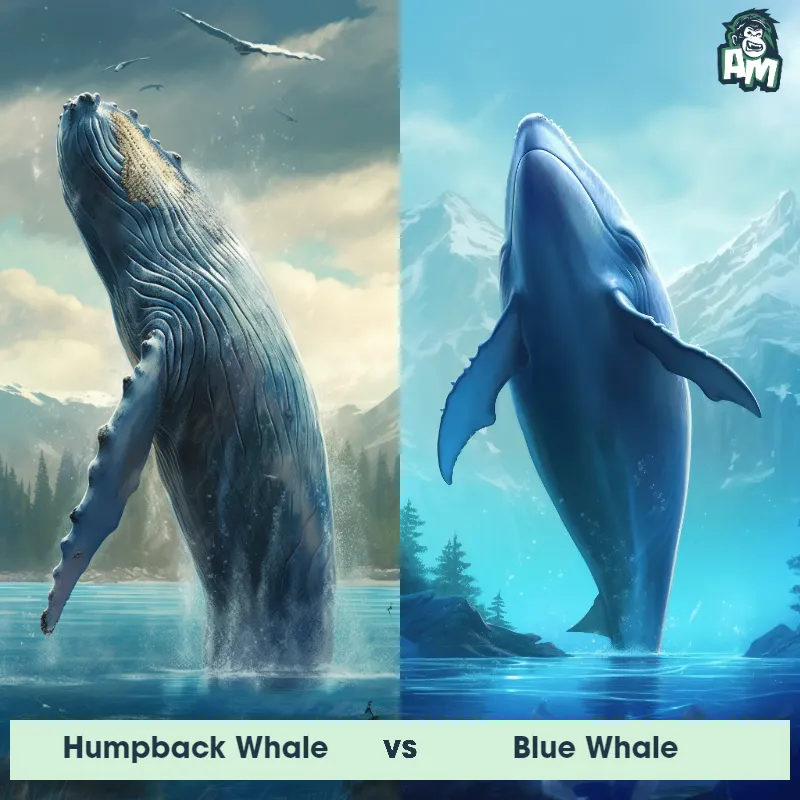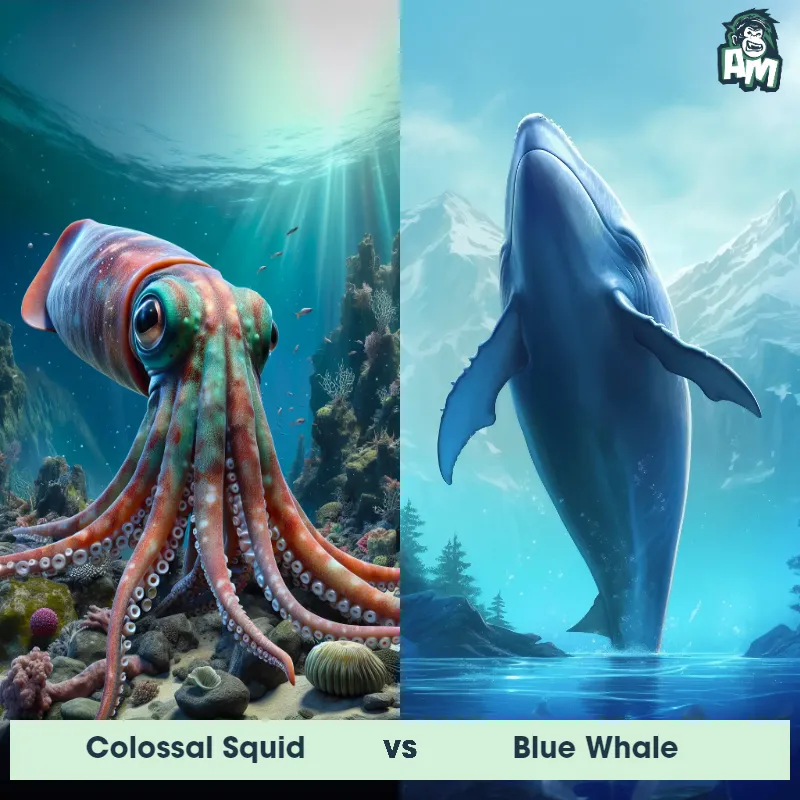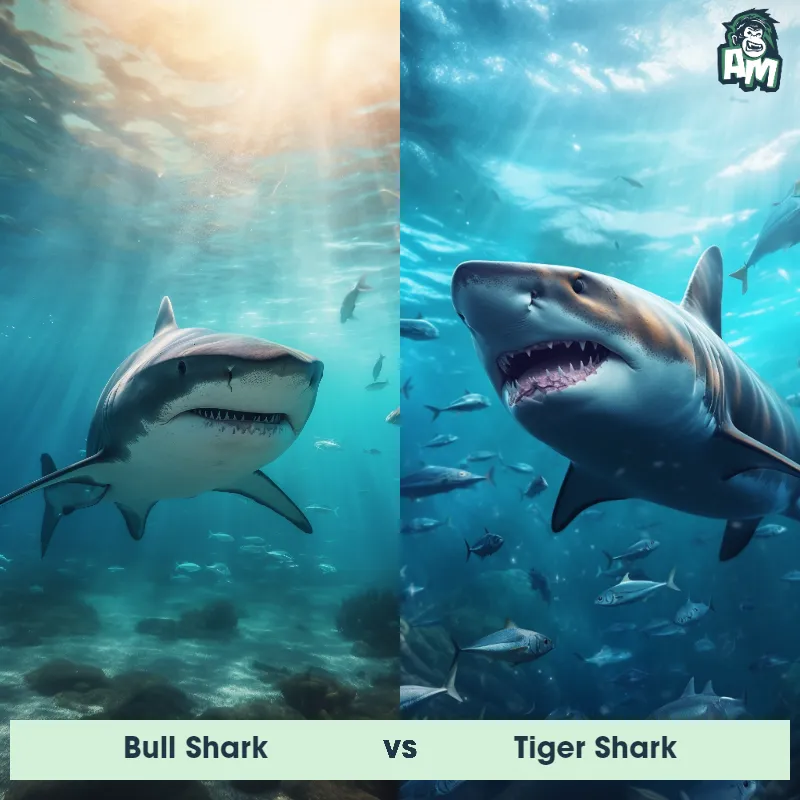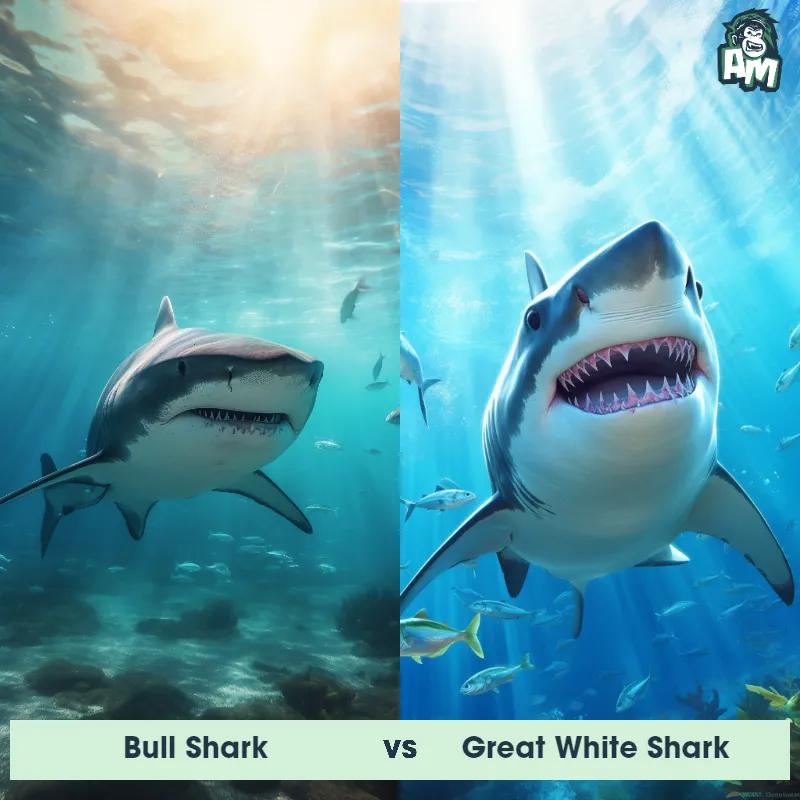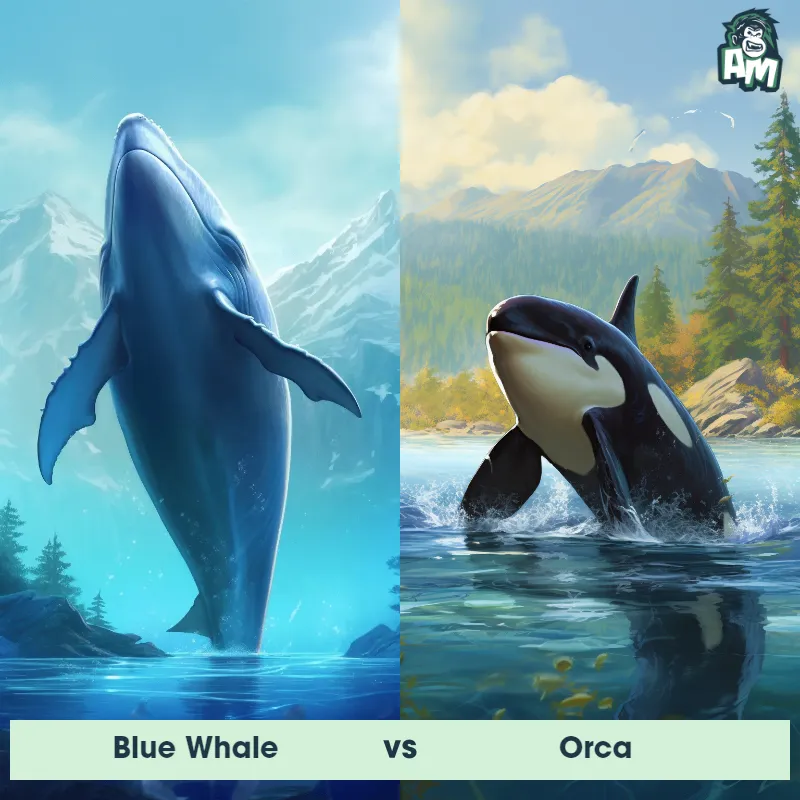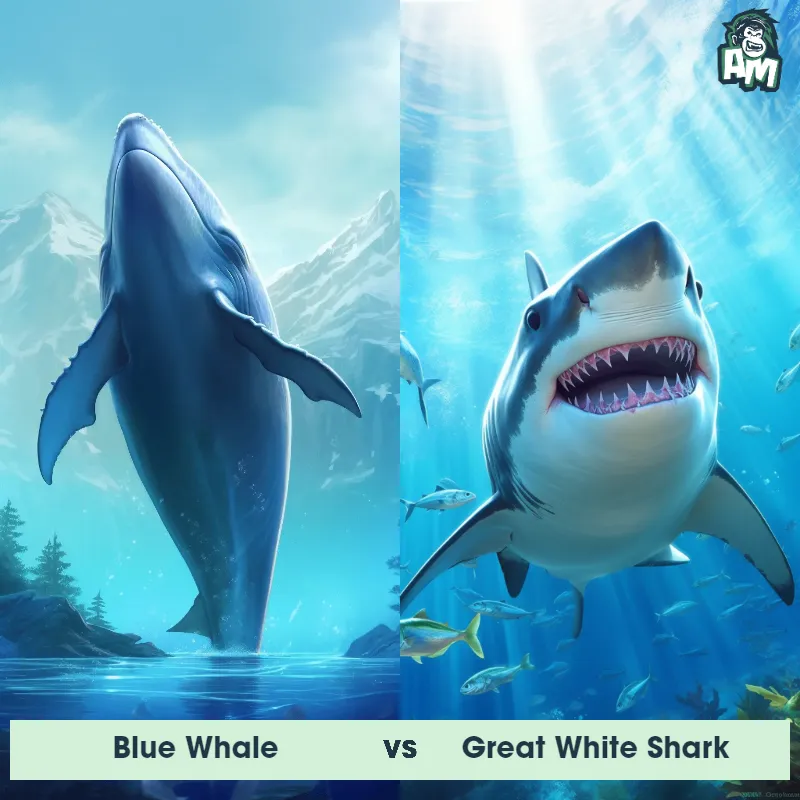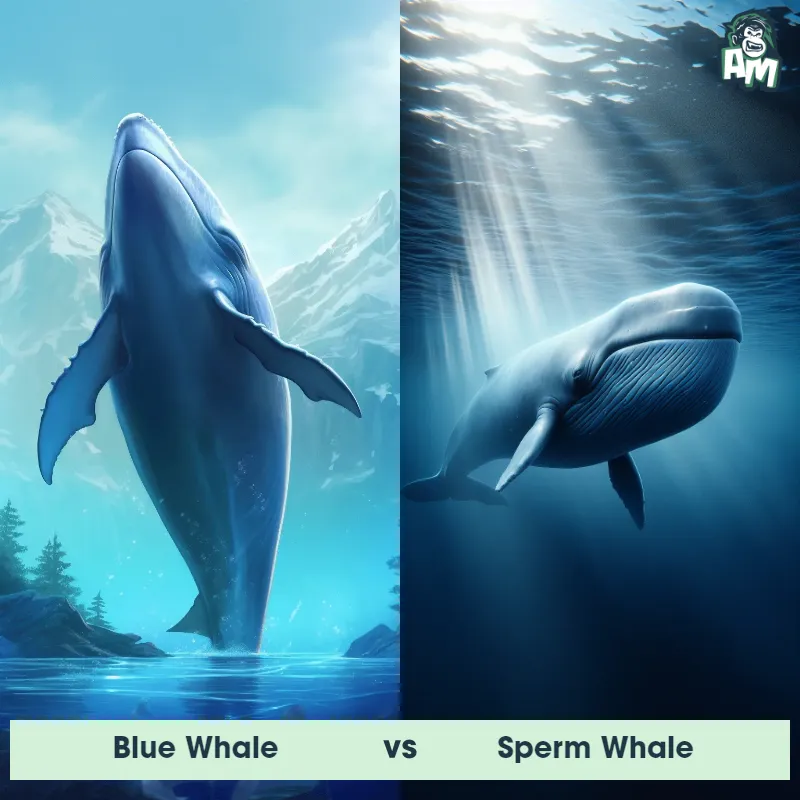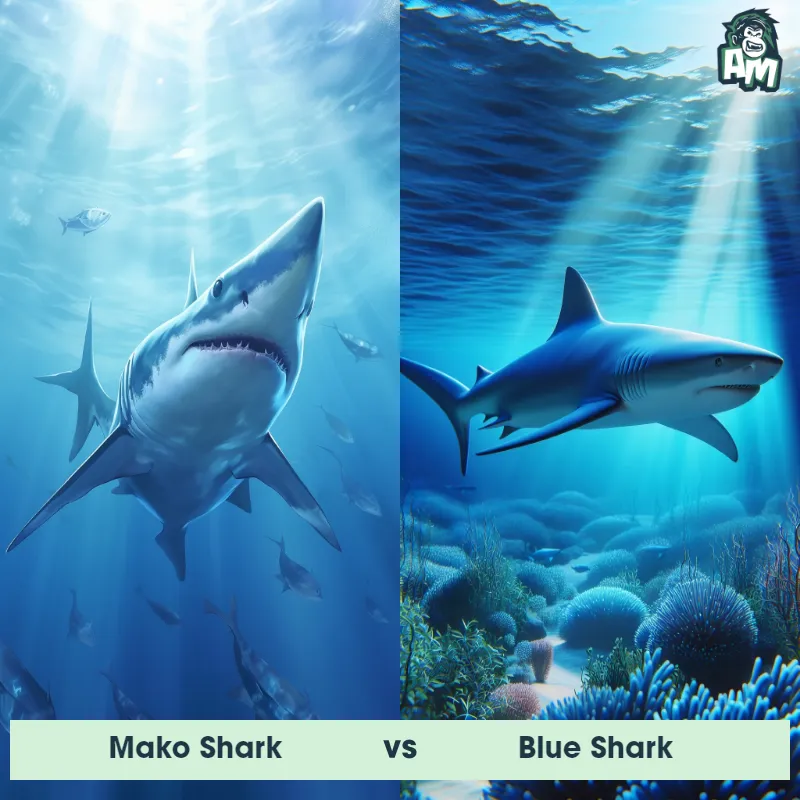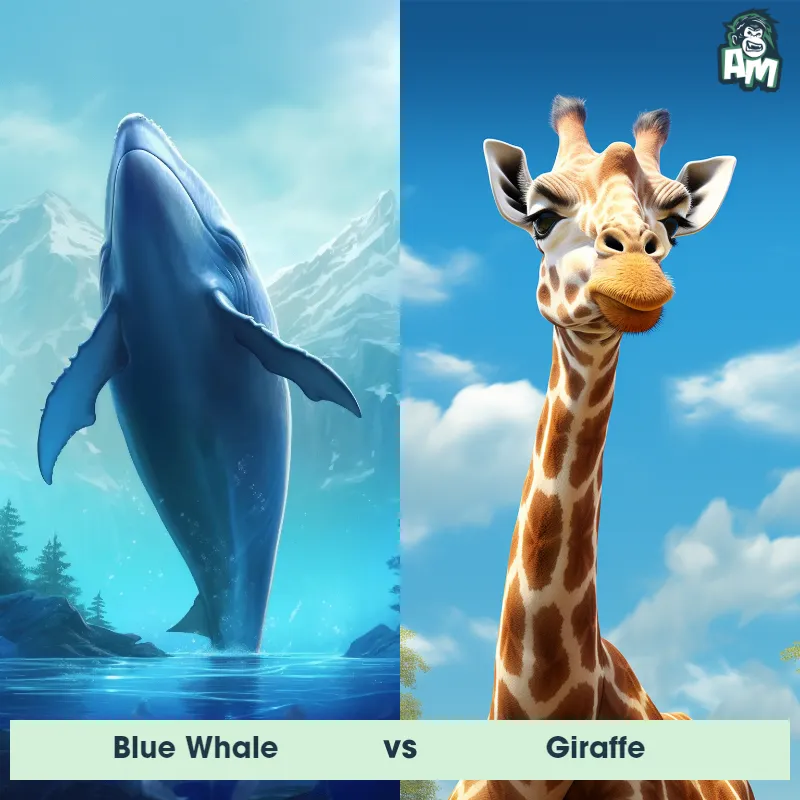Blue Whale vs Tiger SharkSee Who Wins

Ladies and gentlemen, welcome to this thrilling matchup between the ultimate giants of the ocean. In one corner, we have the colossal Blue Whale, weighing in at an astounding 200 tons. And in the other corner, we have the fierce Tiger Shark, measuring up to 16 feet in length. It's a battle of pure strength and agility waiting to unfold beneath these depths. Let's dive right into the action!
Contender 1: Blue Whale
The Blue Whale, also known as Balaenoptera musculus, is the largest animal on Earth, reaching lengths of up to 100 feet and weighing up to 200 tons. They have a long, streamlined body with a bluish-gray color and a small dorsal fin. Their diet consists mainly of krill, which they filter through their baleen plates. Blue Whales are known for their loud, low-frequency vocalizations, which can be heard for hundreds of miles.
Fun Fact: Blue Whales have the largest heart of any animal, weighing up to 1,000 pounds and being the size of a small car.
Contender 2: Tiger Shark
The Tiger Shark, also known as Galeocerdo cuvier, is a large predatory shark that can grow up to 18 feet in length and weigh over 1,400 pounds. It is named for its distinctive striped pattern on its back, which fades as the shark ages. Tiger Sharks have a broad, flat head and powerful jaws filled with serrated teeth that can easily crush through the shells of sea turtles and clams. They are found in warm waters around the world and are known for their voracious appetite and ability to eat almost anything, including garbage and even other sharks.
Fun Fact: Tiger Sharks have a unique hunting strategy where they will bump into their prey before attacking, a behavior known as "bump and bite."
Matchup Stats
| Blue Whale | Tiger Shark | |
|---|---|---|
| Size | Up to 100 feet (30.5 meters) | Up to 18 feet (5.5 meters) |
| Weight | Up to 200 tons (181 metric tons) | Over 1,400 pounds (635 kilograms) |
| Speed | Speed: 20 mph (32.19 km/hr) | Speed: 20-30 mph (32-48 km/hr) |
| Key Strength | None | Powerful jaws and teeth |
| Biggest Weakness | Slow movement | Vulnerable to attacks on the gills |
Current Votes
Blue Whale vs Tiger Shark
See Who Wins
View More Matches
Looking For More?
Similar Matches
Scientific Stats
| Blue Whale | Tiger Shark | |
|---|---|---|
| Scientific Name | Balaenoptera musculus | Galeocerdo cuvier |
| Family | Balaenopteridae | Carcharhinidae |
| Habitat | Open ocean | Warm waters |
| Geography | Worldwide | Found worldwide |
| Diet | Krill | Varied, including sea turtles, clams, garbage, and other sharks |
| Lifespan | 80 years - 90 years | 27 years - 50 years |
Key Differences between Blue Whale and Tiger Shark
- Body shape: The Blue Whale has a streamlined, elongated body with a large, bulbous head and a smooth, sleek appearance, while the Tiger Shark has a stout body with a rounded snout and a distinct hump before the dorsal fin.
- Tail: Blue Whales possess a large, powerful tail fluke that is horizontally oriented, with two lobes that can propel the massive animal through the water, whereas Tiger Sharks have a crescent-shaped, vertically oriented tail with a pronounced lower lobe, enabling them to swim swiftly and maneuver efficiently.
- Coloration: The Blue Whale has a mottled blue-gray color on its back, which may appear lighter or darker depending on light conditions, while the Tiger Shark has a distinct dark gray or bluish-gray coloration on its body with vertical stripes that fade as the shark ages.
- Fins: Blue Whales have a singular dorsal fin located towards the rear of their body, which can be quite small compared to the whale's massive size, whereas Tiger Sharks have multiple fins, including a large triangular dorsal fin and pectoral fins that are broader and more paddle-like in shape.
- Size: The Blue Whale is the largest animal on Earth, measuring up to 100 feet in length, while the Tiger Shark typically reaches a maximum size of around 18 feet.
- Underbelly: The Blue Whale has a pale white or yellowish underbelly, which often has light blue-gray spots or streaks in some individuals, while the Tiger Shark has a creamy white underbelly that contrasts with its darker body coloration.




